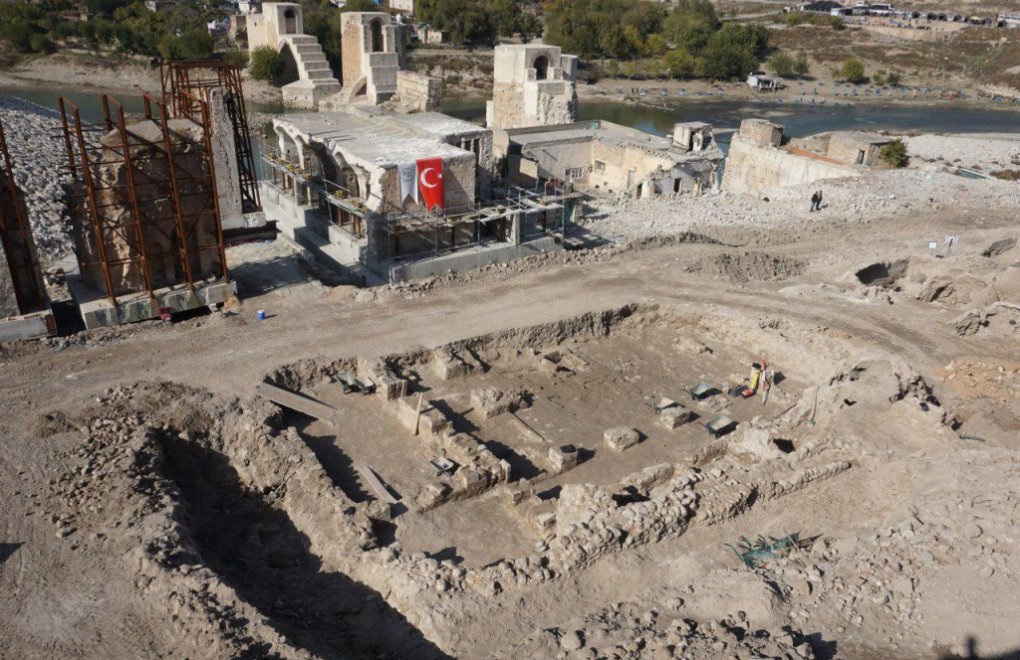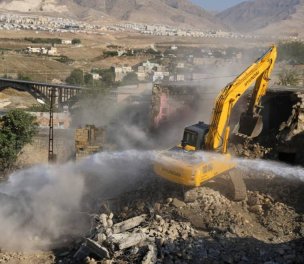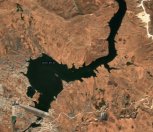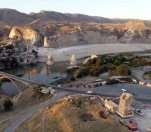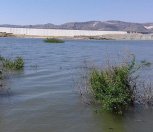Photos: Initiative to Keep Hasankeyf Alive
Click to read the article in Turkish
Water retention continues at the dam that has been built in Hasankeyf, where the first human traces date back to 300 thousand years ago and the first settlement was founded 12 thousand years ago.
When the dam begins to operate in full capacity, the Tigris Valley, which is home to 289 mounds, 199 settlements, at least 100 endemic plants and endangered species will be submerged in the water.
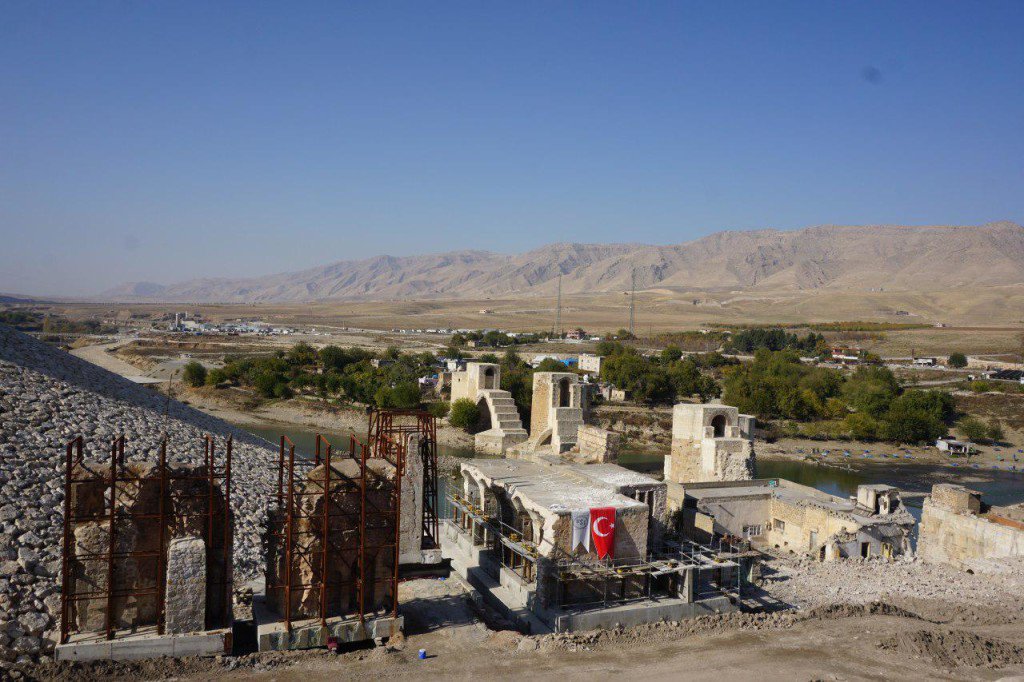
The Initiative to Keep Hasankeyf Alive has released a statement on the recent developments regarding the ancient city in the southeastern Urfa province:
"Ilısu Dam, the construction of which continues regardless of objections by the local people and neighboring countries, international campaigns and warnings, silently started to hold water in July 2019.
"After the retention of the water, the systematic emigration policies that have been going on since the 1980s have been continued and the people living in the historic city of Hasankeyf have been forced to move to the compound that is called 'new.'"
Entries and exits are restricted
"In this framework, the entrance and exits to the ancient city were taken under control and made more difficult on October 8.
"The new compound has been built by companies that are known for their closeness to the government, without considering the rights to shelter and housing, which are among human rights.
"The housing and the infrastructure and superstructure problems of the new settlement, which has been built as part of rent-seeking policies, are still continuing.
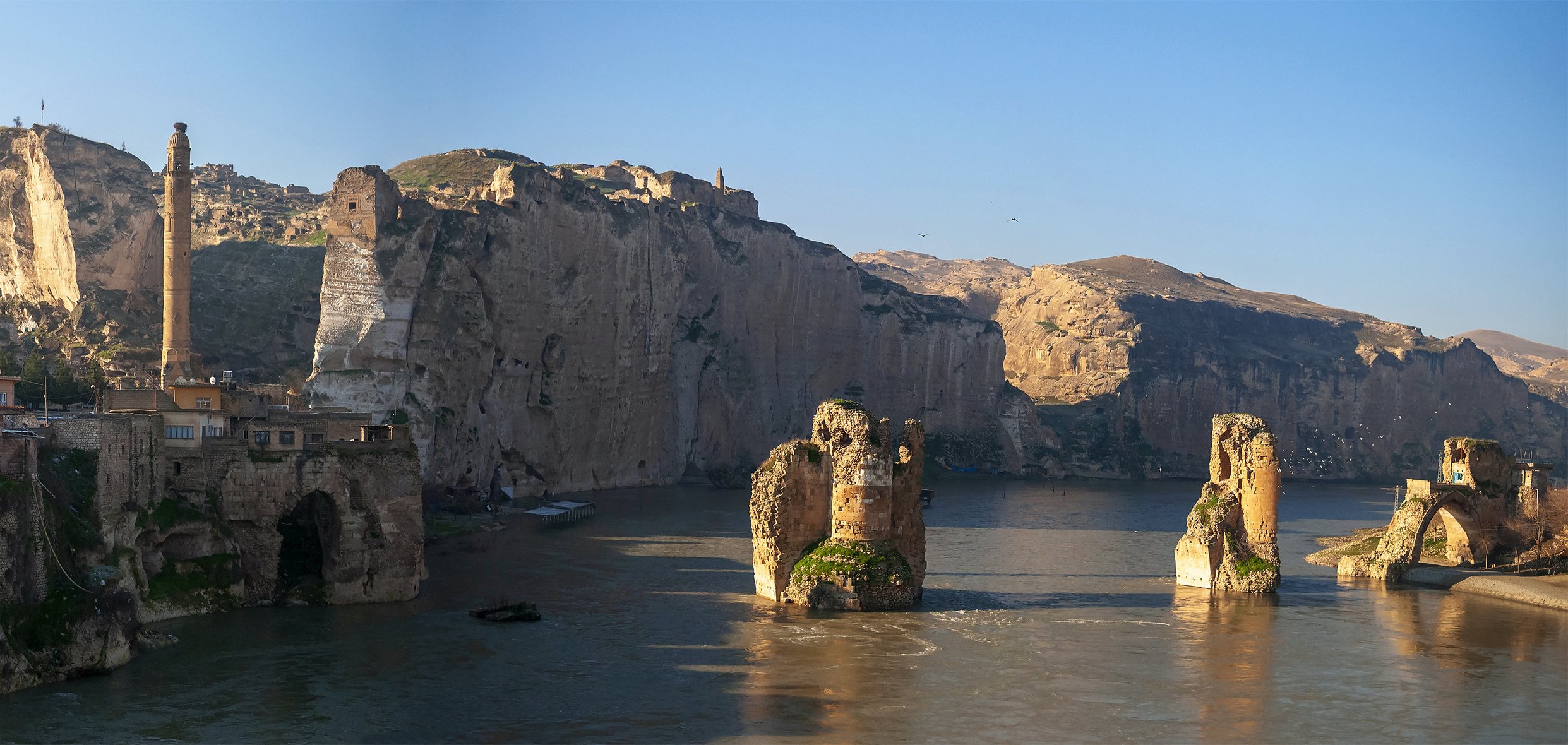
"In the first place, the problem of reliable drinking water has not been solved.
"At the same time, the municipality has cut off the water before the process of moving the families and artisans in Hasankeyf is finished.
"In November 2019, the bazaar started to be demolished with dozers and ladles and it is still continuing."
Governor acts 'without any legal basis'
"Some shop owners burned their shops with their contents, reacting to this destruction. In order to prevent the mass reactions and apply psychological pressure, the Batman Governorship, making decisions without any legal basis, forbade 'all kinds of statements for the press and activities' in Hasankeyf.
"On this basis, on November 16, 2019, the people of Hasankeyf who were not given houses in and the artisans of Hasankeyf who were not given shops the new compound were detained over making a statement for the press.
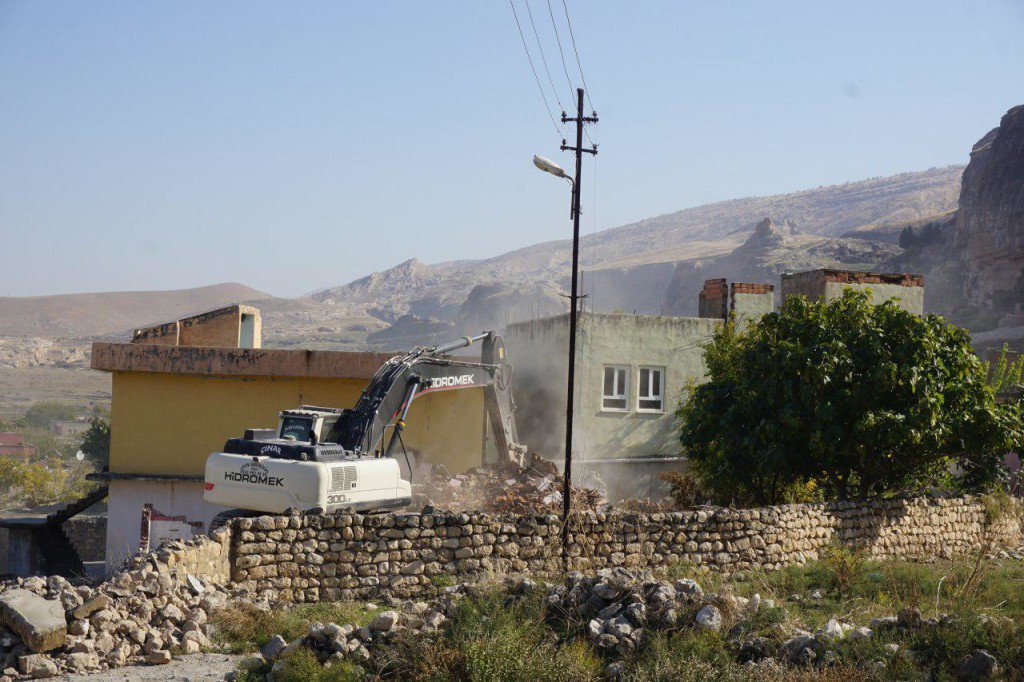
"While even a single nail should not be driven in Hasankeyf, which was declared a protected area in 1981, the demolition continues with earthmovers and dozers. It was reported in the press that archeological findings were made while the demolition was continuing.
"As in the other excavations, these excavations are rushed as well. Heavy machinery is used in archaeological excavations that can shed light on history.
"In Hasankeyf, where the exits to the ancient city are closed and the demolition continues, press laborers' efforts for photographing/documenting are being prevented. Likewise, cases are filed against journalists who previously reported on Hasankeyf.
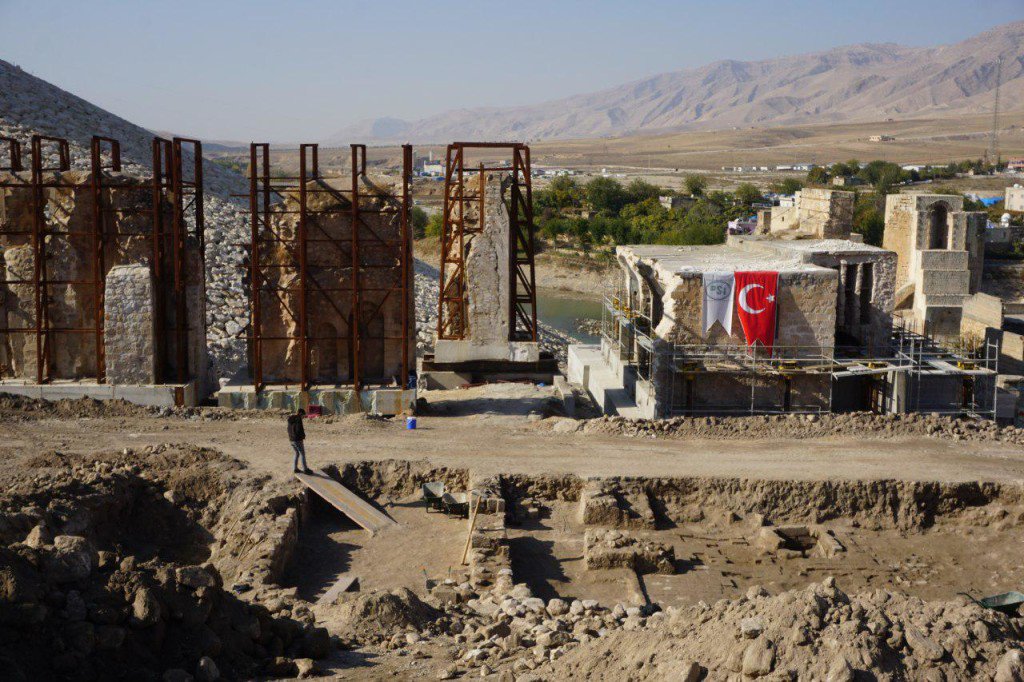
"Once again, we share with the public that we stand with the free press laborers who are on duty to share the destruction and the realities in Hasankeyf with the public.
"A week ago, it was announced by the DSİ [State Hydraulic Works] that the height of the water that has been held since July is 50 meters and the amount of the water is 600 million cubic meters.
"As the water rises, the danger of Hasankeyf being submerged in the water increases. So far, many settlements, especially in Siirt province and important mounds such as Çattepe Mound have been submerged in the water."
'Thousands of people left their homes'
"Thousands of people have left their homes without knowing how to make a living in the future.
"Despite all this destruction, our struggle for the abandonment of Ilısu, which is a project of destruction, exploitation and domination, will continue because abandoning Ilısu will bring great benefits for the people of the Tigris Valley and the whole society.
"In this respect, we again call out to the public in these days of apocalypse for the Tigris Valley and Hasankeyf: "It's not too late for Hasankeyf, let the Tigris flow freely!"
"Follow us and the Hasankeyf Coordination, which we are a part of, on social media to learn more and learn what to do."
About the Hasankeyf dam project
The Ilısu Dam (Photo: AA) The construction of the Ilısu Dam was included in the Southeastern Anatolia Project (GAP), a state-sponsored regional development project that has been continuing for decades, in 1982. When the Ilısu project came to the fore in 2005, the construction of the dam was tried to be prevented with a stronger campaign. As a result of this, the Initiative to Keep Hasankeyf Alive emerged. Hasankeyf and the Tigris Valley are still there as a result of the struggle of tens of civil society organizations who oppose the construction of the dam. But the process has become more difficult lately. In 2017, seven monuments were moved from Hasankeyf. Two monuments, one of them is the famous Tigris Bridge, were covered with rocks under the guise of 'restoration'. More than 200 caves that were dug in Neolithic Era pioneers and large parts of the valley next to the castle were filled with excavation waste. According to statements by authorities, dam gates will be closed and the dam will begin to fill with water. If the gates are closed, Hasankeyf will be totally submerged into water within four to eight months. Source: Hasankeyf Initiative |
(PT/VK)




